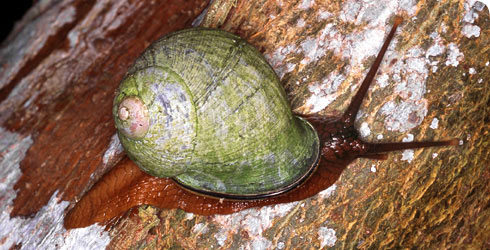Acavus superbus (a large land snail)
Acavus superbus belongs to a genus of large, brightly coloured land snails that is endemic to Sri Lanka.
Species detail
The shell of Acavus superbus:
- ranges from 4-6 cm in width
- varies from dark brown to pink
- is usually covered by a layer of green algae in adults
There are 3 distinct colour forms of the species.
The snail's body is a dark, glossy coffee brown.
-

Taxonomy
Find out about the 3 colour forms of this snail species, discover how it can be readily distinguished from close relatives and get information about the ancient group of land snails it belongs to.
-

Distribution and habitat
Acavus superbus is confined to southwestern Sri Lanka, occurring in lowland rainforest and wooded village gardens. Find out more about its distribution in relation to other Acavus snails.
-

Biology and behaviour
Learn about the biology and behaviour of these tree-dwelling snails, which lay eggs as long as 2cm. Get information about what they eat, as well as what might eat them.
-

Conservation
Learn more about the threat to this species from habitat loss and fragmentation.
-

References
Get reference information for Acavus superbus.
Images
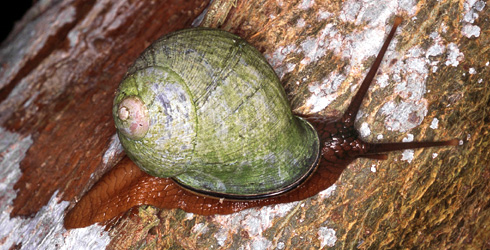
The large land snail, Acavus superbus, has a brightly coloured shell that, in adults, is often covered with green algae.
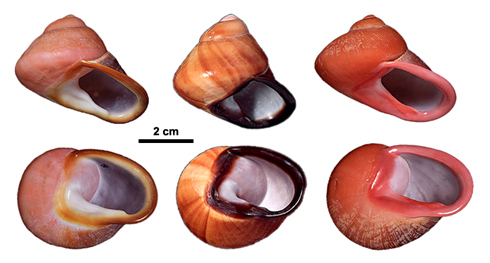
The 3 different colour forms of Acavus superbus, superbus (left), grevillei (centre) and roseolabiatus (right).
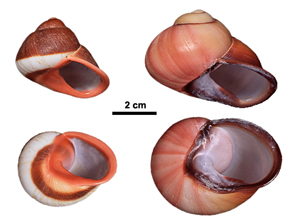
Shells of Acavus heamstoma (left) and A. phoenix.
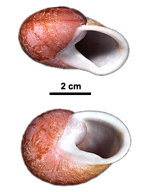
Oligospira polei shell
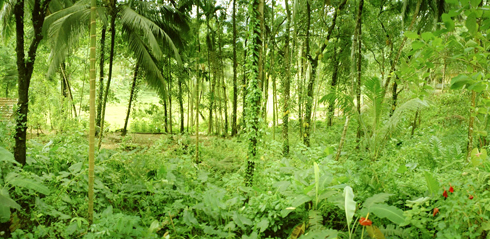
A village home garden near Neluwa in southwestern Sri Lanka, the habitat of Acavus haemastoma (image: D. Raheem, Natural History Museum).

An egg of an Acavus snail, beside an adult shell for comparison.
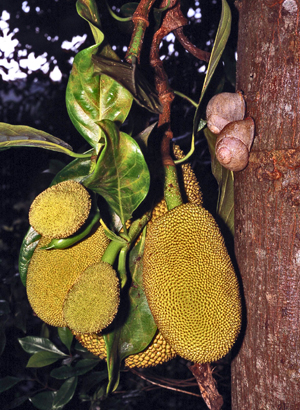
An Acavus snail resting on the trunk of a jak tree (Artocarpus nobilis). These snails have been observed feeding on the ripe fruit of the jak, which is a common tree species of village home gardens.

The Bulutota hills, southwestern Sri Lanka. The foreground on the right shows where rainforest has been converted to tea small holdings (image: D. Raheem, Natural History Museum).
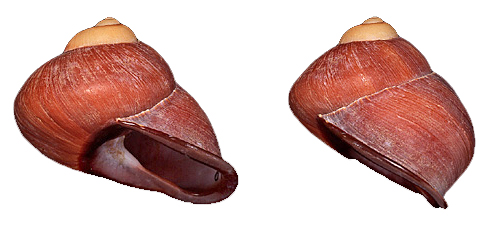
Different views of the shell of the land snail, Acavus superbus
About the author
Toolbox
Glossary
Endemic
In ecology, this term is used to mean 'naturally confined to' a particular geographical area.
